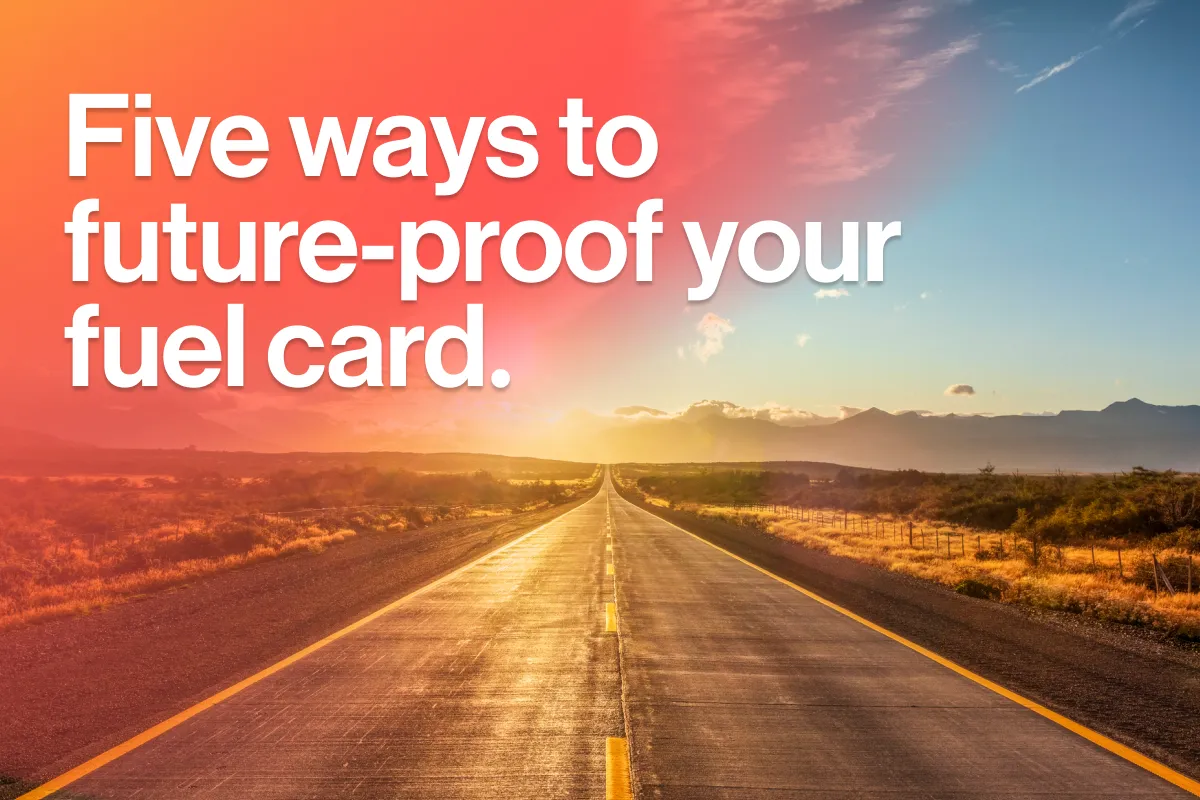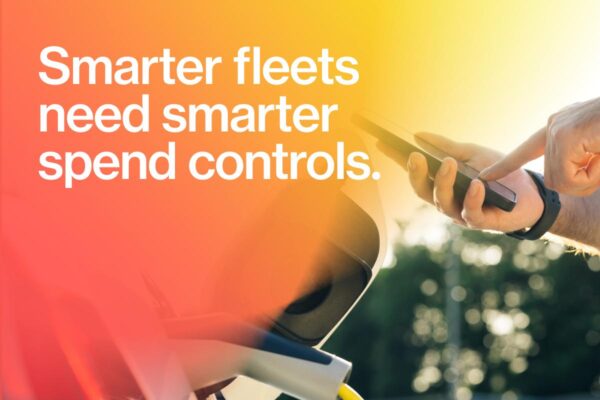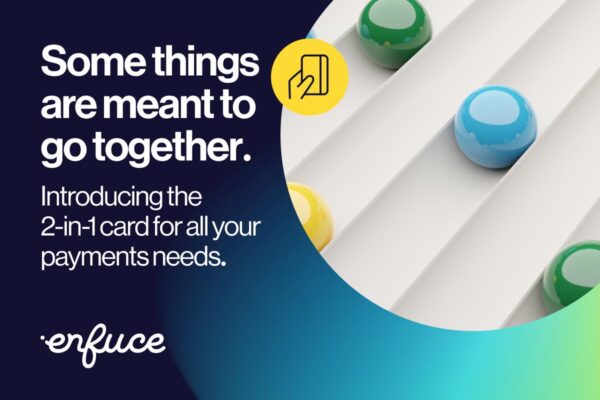Five ways to future-proof your fuel card.

With vehicle electrification accelerating rapidly, the demand for EV charging and fuel solutions is rising. Regulations are phasing out older vehicles, while government incentives are driving the inevitable rise of EVs. This shift is happening fast – and gaining even more momentum every year.
For fuel card providers and fleet operators, the challenge isn’t just about issuing fuel and EV cards. It’s also about having the right tech foundation in place to ensure seamless operations.
To stay ahead, fuel card retailers and fleet operators must adapt to market changes and ensure their infrastructure is future-proof. Here are five key strategies to help you create a fuel card system that’s adaptable, future-ready, and built to scale.
1. Don’t let your system slow down your fuel-card business.
Fuel is one of the biggest and most unavoidable expenses for any business running a fleet. Fuel and EV cards offer a straightforward and cost-effective way to manage this spend, especially in times of price volatility.
However, relying on outdated, on-premise systems or rigid technology can significantly slow down a business. Legacy infrastructure can’t keep up with the speed of change, making it harder to integrate new services or adapt to the rapid shift toward electric vehicles. Staying ahead means adopting a modular, cloud-based system that evolves with your needs, not against them.
Cloud based card issuing and payment processing systems provide the flexibility to scale operations and adapt to new technologies without the need for heavy upfront investments or constant manual updates. Unlike on-premise systems, cloud platforms offer speed, agility, and seamless integration, enabling you to support both traditional fuel and EV services.
By adopting a cloud-based solution, fuel retailers and fleet operators can roll out new services, fine-tune pricing models, and react quickly to market shifts.
2. Use your data to drive smarter decisions.
Payment data is a powerful asset. It reveals consumption patterns, user behaviour, and inefficiencies, all in real time.
With the right platform, you can turn every transaction into actionable insight, helping you optimise spend, forecast costs, and keep operations running smoothly.
One of the biggest advantages of fuel cards is the ability to centralise and track expenses. Tracking hundreds of payments from drivers to fuel stations manually can be a logistical nightmare. Fuel cards consolidate transactions, simplify reporting, and enable smarter budgeting.
3. Make compliance hassle-free.
As regulations evolve, the compliance landscape for fuel and energy businesses is becoming more complex.
From carbon emission regulations to payment processing standards, companies must ensure that their systems remain compliant while maintaining operational efficiency. For fuel businesses, this means navigating a unique set of regulatory requirements beyond fuel and EV card management.
New rules like the Digital Operational Resilience Act (DORA) are raising the bar on risk management, security, and oversight. That’s why choosing a partner with deep compliance expertise matters. While they manage risk, monitor transactions, and protect customer data, you can focus on scaling your business.
With the right tech and the right team, you’ll stay compliant, secure, and ready for what’s next.
4. Deliver a seamless user experience.
The future of fuel and energy is digital, and customer expectations are rising fast. Today’s users expect seamless, intuitive mobile and online service. That means going beyond the transaction to offer smart, user-friendly features that drive real value.
That’s why choosing a partner with expertise in payment product design and system modernisation is critical. A strong partner doesn’t just provide tech, they bring cross-industry insight to help you anticipate user needs and design standout experiences.
Payments play a pivotal role in optimising mobility services, offering businesses the chance to enhance efficiency and reduce operational costs. A partner with experience across multiple industries, not just fuel, can offer a fresh perspective on product development. By understanding the needs and behaviours of both consumer and B2B cardholders, they can help you create products people actually want to use.
A future-ready architecture ensures easy integration with web and mobile interfaces while supporting payment acceptance at renewable fuel stations and EV charging points.
5. Keep control in a volatile market.
With fuel prices fluctuating, cost control is critical. Businesses need transparency, predictability, and flexibility in how they manage spend. The right partner can provide greater visibility into your cost structure compared to traditional in-house solutions, helping you make informed decisions.
Migrating to a cloud-based card platform can bring more predictability and efficiency than trying to maintain ageing systems. Here’s how:
- Fixed monthly pricing with predictable costs. Your expenses are based on card volumes, selected features, and necessary licences, ensuring no unexpected financial burdens.
- Pay only for what you use. A modular card solution allows you to choose the exact features you need, eliminating unnecessary costs and avoiding hidden fees.
- Unlock new revenue streams. Some partners offer interchange fee revenue sharing, allowing you to generate additional income from card transactions.
Choosing a cost-effective, cloud-native partner helps you reduce overheads and build resilience for the long haul.
If you want to future-proof your fuel card business, the work starts today.
The mobility landscape is evolving at an unprecedented pace, and waiting to act isn’t an option.
By adopting cloud-based technology, leveraging real-time payment data, ensuring compliance, designing standout experiences, and managing costs efficiently, you set your business up to lead.
Future-proofing isn’t just about keeping up – it’s about leading the charge toward a more efficient, scalable, and sustainable future. The right partner can help you navigate this transformation with confidence, providing the expertise and infrastructure needed to thrive in the changing fuel and energy ecosystem. Now is the time to take action and build a fuel card business that stands the test of time.
If you want to take your fuel card business to the next level, check out our Fleet & Mobility report.



